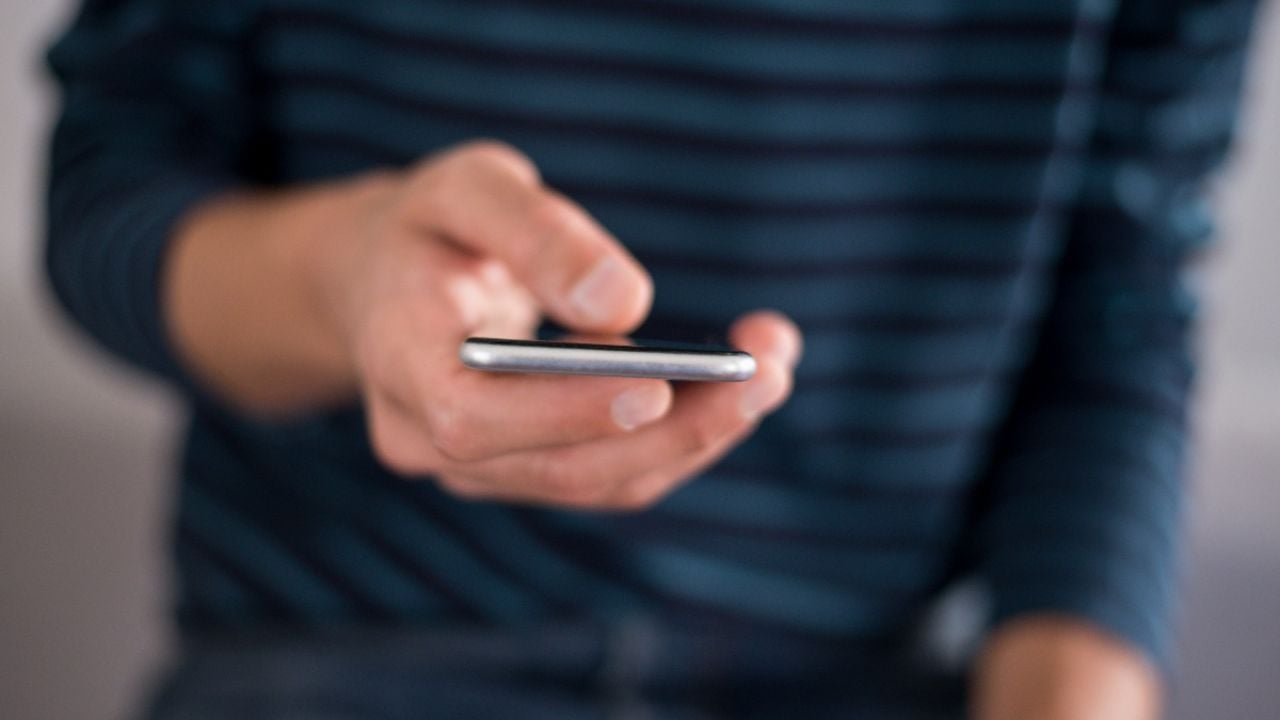
The Food and Drug Administration is failing its duty to protect the public from unnecessary exposure to harmful radiation from smartphones and other electronic products, says an advocacy group coalition in a petition filed with the FDA urging it to finally act.
Under the Radiation Control for Health and Safety Act of 1968, the FDA must ensure that public health and safety is protected from the dangers of electronic product radiation. The law is broad, encompassing all types of radiation, including radiofrequency radiation emitted by cell phones and other wireless devices used every day by millions of Americans.
In their petition, the groups claim the FDA has not accurately and truthfully informed the public about the potential health risks of electronic products. They say the FDA is failing to advise parents about how to reduce exposures for small children. And they charge the agency with failing to advise employers about how to reduce workplace exposures for all types of electronic devices, including medical devices and wireless transmitters.
The call for action aligns with extensive research showing that radiofrequency radiation emitted by wireless devices is associated with harm to heart health, reproductive health and the developing fetus, the nervous system, and elevated risks of various types of cancers.
In late May, the coalition filed a petition asking the FDA to study radiation emissions from electronic products and to evaluate the best ways to minimize exposure. The agency responded by opening a docket for public comments related to the petition.
Decades-old standards
In addition to the FDA, the other federal government agency responsible for regulating electronic products is the Federal Communications Commission, or FCC.
The FCC set current U.S. standards for wireless radiation exposure in 1996, before Wi-Fi and smartphones existed, and well before 24-hour daily exposure to radiofrequency radiation became a reality for today’s younger generations.
The standards have not changed in the decades since. The need to update the FCC standards has been the focus of numerous scientists and advocacy organizations, including EWG.
Cell phone radiation was classified as a “possible carcinogen” in 2011 by the International Agency for Research on Cancer, part of the World Health Organization. The conclusion was based on human epidemiological studies that found an increased risk of glioma, a malignant brain cancer, associated with cell phone use.
Exposure guidelines
A peer-reviewed study by EWG scientists found that the FCC standards for radiofrequency radiation are not sufficient to protect human health, especially for children.
In 2021, EWG issued first-in-the-U.S. guidelines to focus on children’s health and radiofrequency radiation. They recommended that children’s exposure overall be 200 to 400 times lower than the “whole-body exposure limit” set by the FCC in 1996 – the amount received by a body as a whole.
Earlier this year, a prominent scholar in the field of radiofrequency radiation, James C. Lin, Ph.D., professor emeritus of the University of Illinois Chicago, published an article in IEEE Microwave Magazine expressing concerns about both the FCC and the international guidelines for wireless radiation exposure. He argues the guidelines are not applicable to long-term exposure and do not take into account findings from recent research that address the widespread use of devices, including by increasingly younger people, emitting radiofrequency radiation.
Similarly, a group of U.S. and international scholars, including Dr. Linda Birnbaum, former director of the National Institute of Environmental Health Sciences, recently published an article on wireless technologies, non-ionizing electromagnetic fields and children. It urged a sensible approach of keeping wireless radiation exposures as low as reasonably achievable.
Tackling the ongoing problem of health harms from radiofrequency radiation should be a to be a top priority, since the growth of wireless device use shows no signs of slowing down.
Nearly all Americans own some sort of cell phone, and 87 percent own a smartphone. Almost one in five parents of a child under 12 says they have their own phone. Almost 90 percent of teens own a cell phone.
What you can do
EWG scientists say more research is needed on the health impacts of the latest generation of communication technologies, such as 5G. In the meantime, EWG recommends strict, lower exposure limits for all radiofrequency sources, especially for children.
In the absence of stringent federal regulation, cell phone users are left to fend for themselves and their families to reduce their health risks.
There are many possible ways to lower exposure to radiofrequency radiation at school and at home. But a few broad principles apply. They include:
- Keep devices away from the body as much as possible.
- Don’t sleep with your phone right by your head, such as under your pillow.
- Whenever possible, switch to airplane mode. (Remember to turn Wi-Fi off too.)
- Power down the device when it’s not being used.
- Use wired devices rather than wireless ones.
The list of science and public health organizations that submitted the citizen petition to the FDA includes Americans for Responsible Technology, Grassroots Environmental Education, Consumers for Safe Cell Phones, California Brain Tumor Association, Manhattan Neighbors for Safer Communications, and private citizens. Public comments in support of the petition can be submitted to the FDA here.



